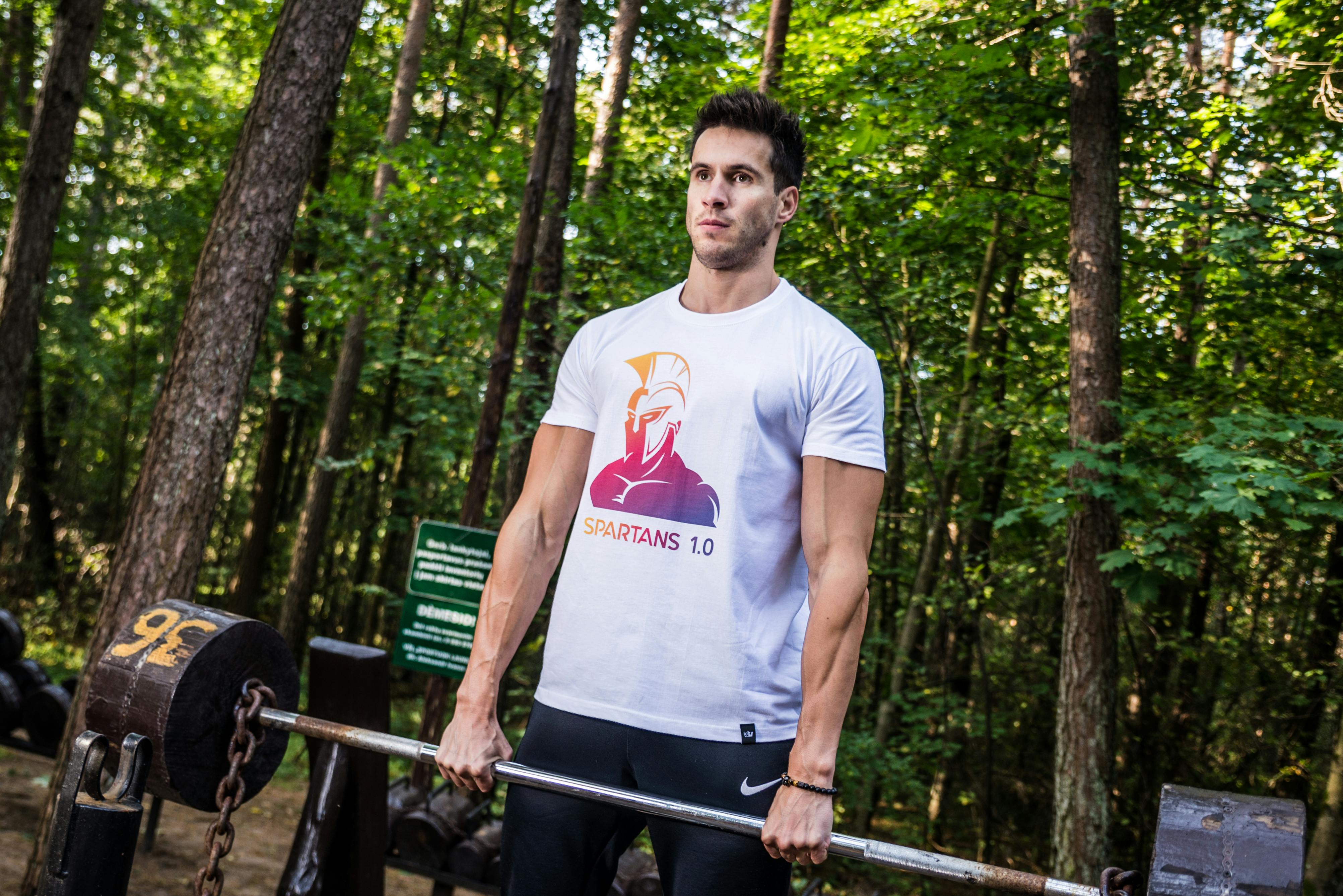Television News Internships
Earlier this week I received an email from a senior at Lakeland High School in Rathdrum, Idaho, who was enrolling at the University of Idaho to major in journalism next fall semester. She is writing a research paper titled “Why Your Future Career Choice Is Right for You?”
He listed 25 questions like “What made you choose your profession?”, “How many years of school did you go through?”, “Who was your inspiration?”, etc. Question number eight was a common question I received. , “What are your recommendations for someone considering this profession?”
My answer? Apply for the internship.
This is how most producers, photographers, reporters and presenters get their first job. The absolute best way to start your journey into the world of broadcast journalism is by working as an intern.
It’s your first honest way to take a look inside a working newsroom and understand how the television business works. Many of the things you learn on the job are not necessarily the things you learn in the classroom. Not everyone who works in television news graduated with a degree in
The good news is that most TV stations in the country offer internships. The bad news is that most, if not all, are unpaid. But I promise you that the lessons you learn and the people you meet will be invaluable in the future. And here’s a little fact, sure it’s about what you know, but sometimes, it’s more about WHO you know when it comes to landing your first paying position.
In addition to not getting paid, you will be doing jobs that nobody else wants to do. Plan to answer phones, listen to scanners, record videotapes, and transcribe verbatim interviews reporters conducted earlier in the day—things that don’t involve sitting at the anchor’s desk or holding a microphone.
To get started, simply call or walk into your local TV news station and fill out an application. Don’t call the newsroom and ask for the lead anchor’s News Director. You can call the newsroom and ask if they accept applications and if they can point you to the right person to talk to. If you’re willing to move, you have over a thousand TV stations to choose from. There are more than 200 television markets in the country, each broken down by households.
For example, the number one market in the country is New York. New York has an estimated 7.5 million television households, which is just over six and a half percent of the country. Moving down the list after New York are Los Angeles, Chicago, Philadelphia, Dallas-Fort Worth, San Francisco, Boston, Atlanta, Washington DC, and rounding out the top 10 is Houston, Texas.
The size of the market depends on how many households with televisions there are in that specific city. Spokane, Washington, is the 75th market with about 419,000 television households. To give you some perspective, the smallest market in the United States is Glendive, Montana at 210. It has fewer than 4,000 television households. Number 209 is North Platte, Nebraska, with just over 15,000.
In most cases, each city has at least three television news affiliates; ABC, CBS and NBC. You will also find FOX and CW. Unless you live in New York, you won’t find CNN, MSNBC, or Fox News.
Another requirement to apply for an internship is to be enrolled in the university. I had three internships during college and for each internship I earned college credit, between 3 and 6 credits.
So, if you want to be the next Peter Jennings or your hometown’s assigned general reporter, the best way to start is to get an internship and see firsthand what goes on in a real-life newsroom.


